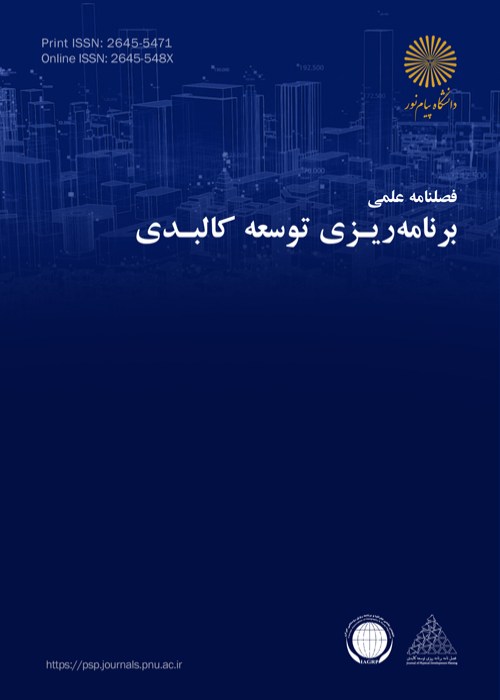Spatial analysis of housing quality in Urmia using the HOT SPOT method
Examining housing quality issues, among other things, is one of the key issues in housing planning. Housing is a physical place that is considered as a shelter and basic need of the family. The quantity and quality of housing reflects the socio-economic status of the city and many realities of society. Housing is an integrated part of the development of the national economy. Addressing housing indicators as the main planning tool can be considered as one of the most sensitive stages of planning. In order to ensure social growth, the housing sector, in addition to the housing unit itself, also includes the environment around it. Certainly, identifying housing quality levels in different urban areas is an effective step in explaining the quality of life and the sense of satisfaction of city dwellers. The indicators examined in the present study include indicators related to safe housing with sustainability and structural durability and a suitable living space. In the present article, an attempt is made to evaluate the quality of housing in Urmia metropolis based on available statistics. For this purpose, descriptive and analytical methods have been used based on the data available in the Statistics Center of Iran. The raw data in the Excel spreadsheet was converted to 35 indicators and entered into the SPSS software to perform factor analysis on them. To perform factor analysis, eight factors were identified, four of which were primary and the other secondary. The factors were then entered into the GIS environment and analyzed. The results indicate an unequal and inappropriate distribution of quality housing indicators in the city of Urmia. The results showed that 18.21% of the statistical areas are among the most deprived areas, 18.18% are deprived, 53.53% are average, 18.13% and 57.9% are completely deprived. It seems that more attention should be paid to areas 1, 2 and 3 to reduce inequalities to some extent. The results of this study showed that deprived clusters are appeared in regions 3 and 2, and delighted clusters in regions 1 and 4. This situation indicates the existence of class distance and dichotomy in urban space and the difference in having the studied indicators in 2011.
Housing , Factor Analysis , hot , cold spot , Urmia city
- حق عضویت دریافتی صرف حمایت از نشریات عضو و نگهداری، تکمیل و توسعه مگیران میشود.
- پرداخت حق اشتراک و دانلود مقالات اجازه بازنشر آن در سایر رسانههای چاپی و دیجیتال را به کاربر نمیدهد.



